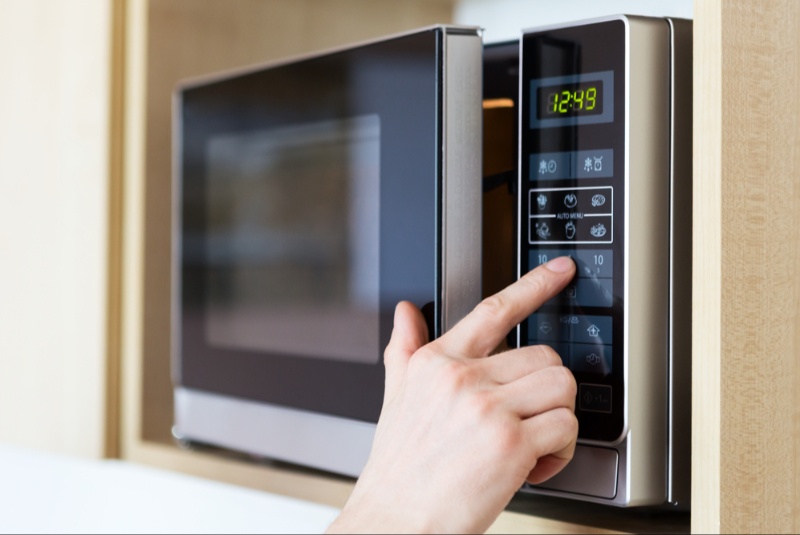Switching to energy-efficient lighting is a simple yet effective way to reduce electricity consumption and lower energy bills. With advancements in technology, there are more options than ever before to choose from. This guide offers top tips for selecting the best energy-efficient lighting solutions for your home or office, ensuring you make informed decisions that save money and support the environment.
Understanding Different Types of Energy-Efficient Bulbs
Before purchasing energy-efficient lighting, it's essential to understand the different types available. LED (Light Emitting Diode), CFL (Compact Fluorescent Lamps), and halogen incandescent bulbs are among the most common energy-efficient lighting options. LEDs are currently the most energy-efficient and rapidly developing lighting technologies on the market. They use at least 75% less energy and last 25 times longer than traditional incandescent lighting. CFLs also offer considerable energy savings over traditional bulbs, while halogen incandescents are more efficient than standard incandescent bulbs but less so than CFLs and LEDs.
Assessing Lumens and Watts
When shopping for energy-efficient lighting, focus on lumens rather than watts. Lumens measure brightness, while watts measure energy consumption. Traditionally, consumers have associated higher watts with brighter light, but with energy-efficient bulbs, more lumens mean more brightness, regardless of the watts consumed. This shift in understanding ensures you get the desired level of brightness with the least amount of energy used.
Color Temperature Matters
Color temperature is a key factor in creating the desired ambiance in a room. Measured in Kelvin (K), color temperature ranges from warm to cool. Lower Kelvin numbers mean the light is warmer and more conducive to cozy, comfortable spaces, such as living rooms and dining areas. Higher Kelvin numbers produce cooler light, which is ideal for task lighting in kitchens and offices. Selecting the right color temperature can enhance the functionality and mood of any space.
The Importance of Compatibility
Ensure that your chosen energy-efficient bulbs are compatible with your existing fixtures and dimmers. Not all LED and CFL bulbs work with traditional dimming switches, which can lead to flickering lights or reduced lifespan of the bulb. Checking compatibility before purchase can save time and additional costs. Additionally, consider the size and shape of the bulbs to ensure they fit your fixtures.
Calculating Long-Term Savings
While energy-efficient bulbs may have a higher initial cost compared to traditional incandescent bulbs, calculating their long-term savings is crucial. Consider not only the reduced energy consumption but also the longer lifespan of LEDs and CFLs. These factors significantly decrease the total cost of ownership over time, making energy-efficient bulbs a more economical choice in the long run.

Looking for Certifications
When selecting energy-efficient lighting, look for certifications like ENERGY STAR or the DesignLights Consortium (DLC). These certifications ensure that the products meet strict energy efficiency guidelines set by the U.S. Environmental Protection Agency. Certified products typically offer better performance, longer lifespans, and guaranteed energy savings.
Consider Smart Lighting Options
Smart lighting systems offer an advanced way to save energy. These systems allow you to control lighting remotely via smartphone apps, set schedules, and adjust brightness and color temperature to your preference. Some smart bulbs are also equipped with features like motion sensors and the ability to integrate with other smart home devices, further enhancing energy savings and convenience.
Evaluate the Color Temperature and Quality
When selecting energy-efficient lighting, it's important to consider the color temperature and quality of the light, as it affects the ambiance and functionality of your space. Color temperature is measured in Kelvin (K) and ranges from warm (lower K) to cool (higher K) tones. Warm light creates a cozy, inviting atmosphere, suitable for living rooms and bedrooms, while cool light is energizing, ideal for kitchens and workspaces. Additionally, the Color Rendering Index (CRI) measures the quality of light in terms of how accurately it reveals the true colors of objects compared to natural light. Look for energy-efficient bulbs with a CRI of 80 or higher for the best color representation.
Understand the Lifespan and Warranty
Considering the lifespan and warranty of energy-efficient lighting is crucial for long-term savings and convenience. Energy-efficient bulbs, such as LEDs, typically have a much longer lifespan compared to traditional incandescent bulbs. This means fewer replacements and less waste over time. Before making a purchase, check the expected lifespan of the bulb, which is usually listed on the packaging. Additionally, examine the warranty provided by the manufacturer. A longer warranty period can offer peace of mind, ensuring that your investment is protected against premature failures or defects. Investing in lighting with a solid warranty and a long lifespan can maximize your savings and reduce the hassle of frequent replacements.
Recycling and Disposal
Proper recycling and disposal of old or used bulbs, especially CFLs, which contain a small amount of mercury, is important for environmental safety. Look for local recycling programs or retailers that offer recycling services for energy-efficient bulbs. Proper disposal ensures harmful materials are not released into the environment and promotes the use of sustainable resources.
Investing in energy-efficient lighting is a smart choice for both your wallet and the environment. By understanding the different types of bulbs, assessing lumens and watts, considering color temperature, ensuring compatibility, calculating long-term savings, looking for certifications, considering smart lighting options, and properly recycling old bulbs, you can significantly improve your home's energy efficiency. These tips will help you navigate the wide range of energy-efficient lighting options available, allowing you to make informed decisions that benefit both the planet and your energy bills.




